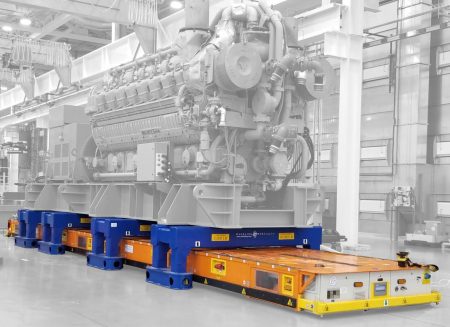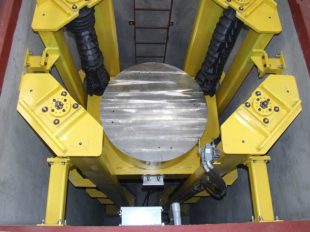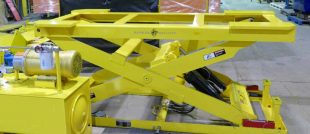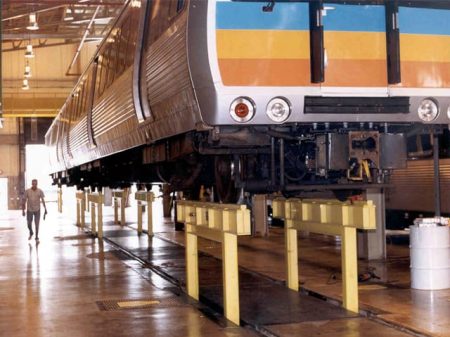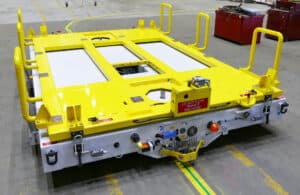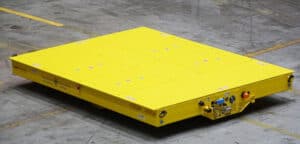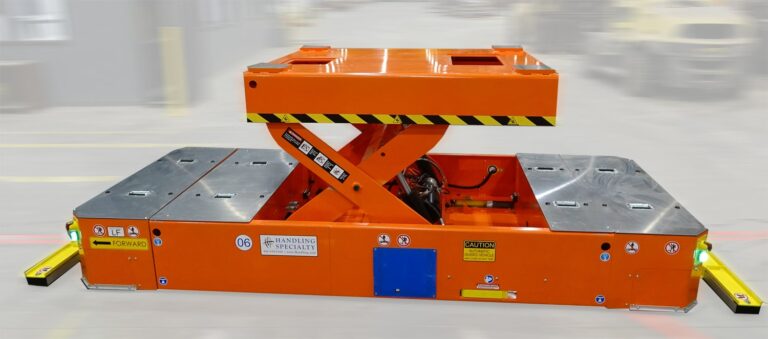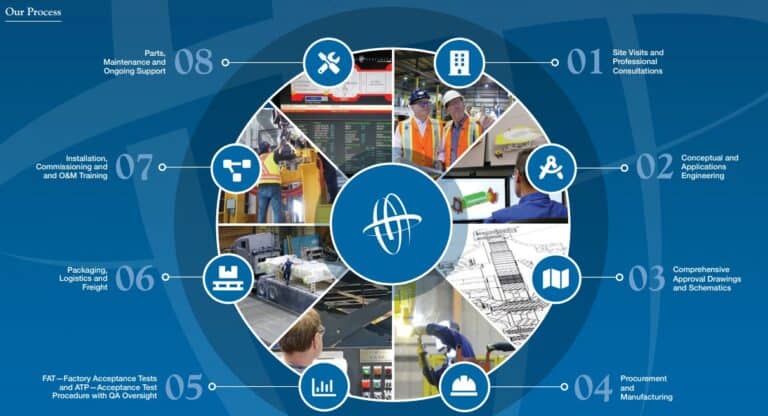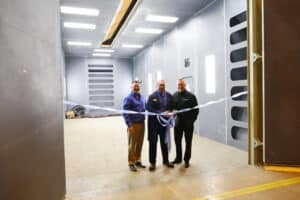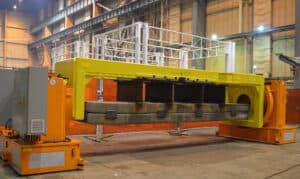Introduction
Assembly lines are critical in the manufacturing processes of various industries. To enhance productivity and reduce costs, manufacturers are constantly seeking innovative solutions to optimize their assembly operations. One such solution is the use of low-profile automated guided vehicles (AGVs). These specialized vehicles offer numerous benefits, including improved efficiency, increased flexibility, and enhanced safety in assembly line operations.
Benefits of Low-Profile AGVs
Improved Efficiency:
Low-profile AGVs are capable of performing repetitive tasks with precision and consistency. This eliminates the possibility of errors, reducing the need for rework and improving the overall efficiency of the assembly process.
These AGVs can carry heavy loads, transporting large and cumbersome components without manual intervention. This saves time and effort, thereby increasing productivity.
Increased Flexibility:
Low-profile AGVs can be easily reprogrammed to adapt to changing production requirements. This allows manufacturers to quickly change assembly procedures or introduce new products without major alterations to the assembly line setup.
These AGVs can navigate through tight spaces and narrow aisles, making them suitable for assembly lines with limited space. They can also be customized to include specialized attachments or tools, further enhancing their flexibility.
Enhanced Safety:
Low-profile AGVs are equipped with advanced safety features, such as collision avoidance sensors and emergency stop capabilities. These features ensure a safe working environment for the AGVs, the equipment moving through the line, and human workers, reducing the risk of accidents in the assembly line.
By automating repetitive and physically demanding tasks, low-profile AGVs help reduce worker fatigue and minimize the likelihood of injuries associated with manual labor.
Components of Low-Profile AGVs
Navigation System:
Low-profile AGVs are fitted with sophisticated navigation systems that allow them to move autonomously along predetermined paths. These systems may use various technologies such as laser scanners, cameras, or magnetic tape to navigate accurately.
Load Carrying Capability:
Low-profile AGV systems are designed to transport heavy loads, typically ranging from a few hundred kilograms to several tons. They are equipped with robust lifting mechanisms and gripping tools to securely hold and manipulate components during the assembly process.
Control System:
The control system of low-profile AGVs ensures seamless coordination between the vehicle and the assembly line. It receives instructions from a central computer or a programmable logic controller (PLC) and executes tasks with precision.
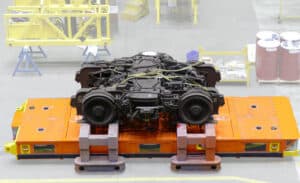
Considerations for Implementing Low-Profile AGVs
Facility Layout:
Before introducing low-profile AGVs into the assembly line, careful consideration must be given to the facility layout. The paths on which the AGVs will operate must be clearly defined, and any potential obstacles should be identified and addressed. An upside to utilizing AGVs is that any layout you make can be easily reimagined should the time come to alter the path.
Integration with Existing Systems:
It is essential to ensure that low-profile AGVs seamlessly integrate with existing equipment and systems in the assembly line. Compatibility with other automated or manual processes, such as conveyor belts or robotic arms, should be evaluated to achieve a harmonious workflow.
Staff Training:
Proper training should be provided to the assembly line staff to familiarize them with the operation and safety protocols associated with the low-profile AGVs. Workers should understand how to interact with these vehicles and be aware of the specific safety measures in place.
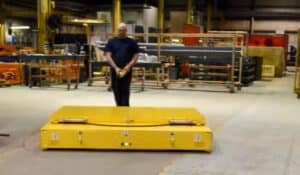
Successful Applications of Low-Profile AGVs
Automotive Industry and Beyond:
Low-profile AGVs have found extensive use in automobile assembly lines. They transport heavy components, such as engines or chassis, to the designated workstations, improving efficiency and reducing labor costs. You will also find AGVs in Aerospace, Power-generation, Iron & Steel, Rail, and Advanced Manufacturing industries where these low-profile workhorses are used in multi-cycle, heavy-duty applications.
Conclusion
Low-profile AGVs offer significant advantages in terms of efficiency, flexibility, and safety within assembly lines. Their ability to perform repetitive tasks with precision, adapt to changing requirements, and navigate through limited spaces makes them valuable assets in modern manufacturing. By implementing low-profile AGVs strategically, manufacturers can optimize their assembly operations and achieve higher productivity levels while ensuring a safer working environment for their workforce.

